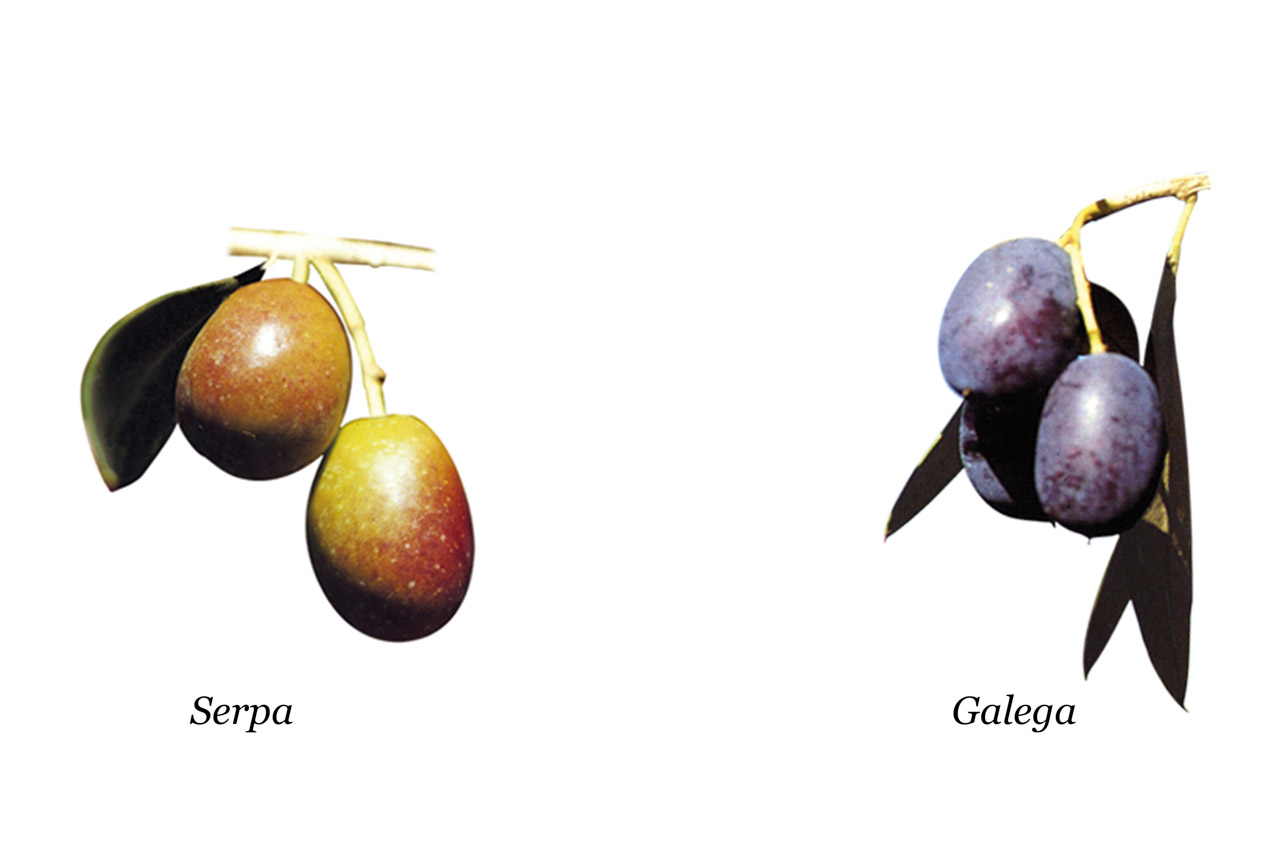Description
The Azeite do Alentejo Interior PDO is a virgin and extra virgin olive oil obtained from a minimum of 60% of the Galega Vulgar variety of olive and a maximum of 40% from either the Serpa and/or the Cobrançosa varieties. Olives of other varieties may be used up to a maximum of 5%, excluding, however, the Picual and Maçanilha varieties. The harvesting of the olives is determined by their degree of ripeness. Only the ripest of olives are used from healthy olive trees.
Production Area
Azeite do Alentejo Interior PDO olive oil is made in the municipal areas of Aljustrel, Vidigueira, Cuba, Alvito, Beja and Mértola in the Beja district; the municipality of Alcácer do Sal in the Setúbal district and the municipality of Viana do Alentejo in the district of Évora.
Production Method
Azeite do Alentejo Interior PDO olive oil is extracted by either the traditional pressing method or by centrifuging. The method used is determined by the quality of the olives and not by the order in which they arrive at the mill. Therefore the best quality olives are pressed first. The olives are crushed as soon as possible to avoid any degradation of the fruit. The paste obtained is centrifuged at a maximum temperature of 30°C to facilitate the extraction of the oil and conserve the original aroma. The oil is then stored in a climate controlled environment with a stable temperature of 16°C to 17°C.
Appearance and Flavour
Interior PDO olive oil is a golden and greenishyellow colour, it has a delicate, fruity taste of ripe and/or green olives and hints of apple and fig, together with hints of sweetness.
History
The origins of Azeite do Alentejo Interior PDO olive oil date back to the time of the Phoenicians and especially to the Romans who introduced the cultivation of the olive to the central Alentejo region and the appropriate methods of extracting the oil. The existence of remains of ancient olive mills and urns for olive oil are testament to its production in Roman times. The inhabitants of the Alentejo region have always had a passion and great respect for the production of olive oil, almost a veneration, treating it as a patrimony to be handed down to the future generations.
Gastronomy
Olive oil degrades easily and needs to be stored correctly to maintain its high quality and flavour. It is therefore necessary to store it in a cool place away from sources of heat and light, at a temperature of between 14°C and 18°C and away from any other odour emitting foods. It is advisable to use it within four to six months from pressing to enjoy it at its best. Azeite do Alentejo Interior PDO olive oil is used in all the local specialities and is an indispensable ingredient in sopas, gaspachos and ensopados, as well as in the cozidos, assados and in the desserts and cakes and pastries (bolo podre, pudim de mel e azeite, borrachos and filhós).
Marketing
This olive oil is sold as Azeite do Alentejo Interior PDO. It is sold in bottles or flasks made of impermeable and inert materials which respect all health and hygiene requirements and in the sizes permitted by law.
Distinctive Features
The use of Azeite do Alentejo Interior PDO olive oil is so deeply rooted in the traditions of the inhabitants of the Alentejo region that the Portuguese say of them that "os Alentejanos até temperam o azeite com azeite" (The people of Alentejo dress their olive oil with olive oil).






